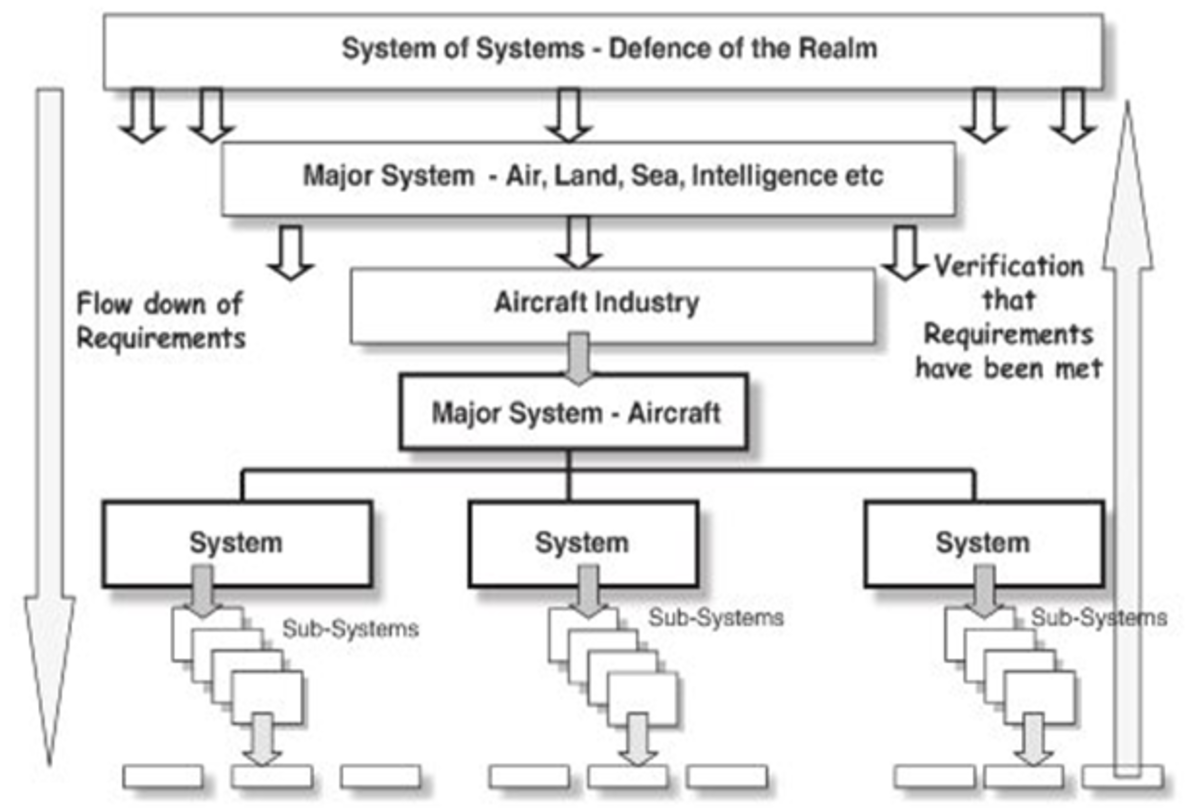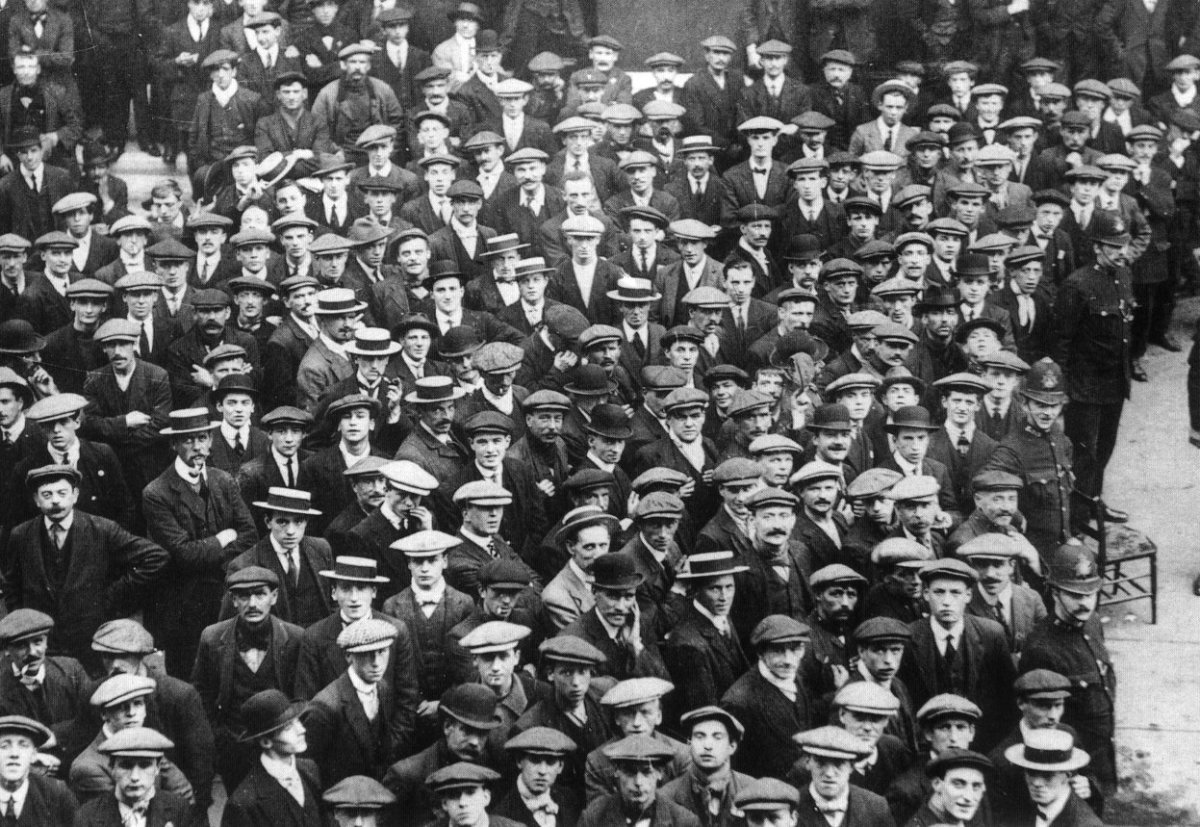What Is Role of Team in Project Managment?
Project Execution and Management
Project Execution and Management
Reviews of the many team working approaches and techniques that claim to enhance the operation of teams by improving team performance and assisting in the development of good team spirit reveal that they share many similar underlying characteristics. Most team handbooks identify similar objectives and contain common elements. Some typical common areas include those set out next:
Establishing measurable objectives
• Identify and acknowledge the stakeholders who will determine, on completion of the project, whether or not it has been successful. They may be the client, a project sponsor, members of the project management team or, most likely, some combination of interested individuals and groups.
• Work with the stakeholders to determine and state explicitly what their dimensions of success are. Use this to establish how good performance could be measured.
• The importance of determining and agreeing criteria for success cannot be overemphasized. It is important to find out what stakeholders’ expectations of success actually are
Stakeholder’s Management
• Stakeholders are sometimes referred to as the ‘invisible team’. These include all stakeholders who are members of the extended project team outside the immediate project management team. If managed properly, they will provide a great source of support.
• Protect the image of the team. How the team is perceived from the outside will have a significant bearing on whether it is considered successful or not. It is not enough to do a good job; the good job has to be recognized by people outside the project team
• Develop a network of useful contacts that may be able to help or advise the project team as required. Key relationships should be established. These can help overcome barriers and smooth problems, should they occur.
• Use the network to identify and provide quality project resources when and where they are required.
Establishing and Planning Measurable Targets.
• Plans should be prepared in a manner that is understandable and that can be used in practice by the members of the project team.
• In the first instance, the plans should be prepared at different levels (e.g. overviews for senior managers, detailed plans for operatives) and should contain as much information as is known and is appropriate for the particular level of communication.
• Plan for the unknown. Have contingency arrangements in place to cover any unexpected events that might occur.
• Set realistic and achievable milestones that will act as celebration points throughout the project. These have an important effect on motivation as the project progresses.
Planning and Establishing Processes
• Establish firm ground rules so that participants understand both their own roles and as many aspects of the project as possible – for example, how each individual should respond to people outside the project team in a wide range of circumstances.
• Plan for creating an environment where team members are energized to air their opinions, take responsibility, and be creative when confronted by problems. The attitude or spirit of the team is important in terms of stimulating thought processes and improving decision making.
• Develop a plan for managing and developing relationships. Done well, this will keep team morale high, with team members supporting each other, doing things together, making sure that all the team members feel as though they belong, and keeping communication lines open.
• The rules should be firm, but they should not be unchangeable should circumstances require it. The project team should operate within a flexible environment and should be able to change in response to changes in the environment – including the evolution of the team itself.
• Strong, credible leadership is required to provide clear direction and stimulate high performance from its members.
• Continual research is required into ways to improve both the internal and the external workings of the team, and then action on the findings should occur.
• Rewarding good performance will motivate members. It is also important to ensure that poor performance is not ‘tolerated’. This is important in maintaining motivation.
Membership and identity
• Team members need to support the project manager for the team to be successful. The project manager requires their respect and must have credibility to carry out the job. The members need to believe in the project manager’s ability to get the job done.
• Active followership is much more valuable than passive followership, and the project team should support and reward, debate and challenge between its members.
• Specialists and others drafted into the team temporarily must be seen in a positive light and not considered a nuisance.
• Team members should clearly understand their roles and what these entail.
• Team members should be aware of their individual contribution to the project but also recognize their value to the team and the need for cooperation with the team.
Communication Systems
• In order to develop a good working team spirit, formal or informal meetings are important not only from the classic point of view (i.e. meeting to exchange information, solve problems and make decisions) but also for other important purposes such as confirming the group’s identity, providing opportunities for active involvement, reinforcing rules, and celebrating success.
• Meetings can be very effective if sufficient advance preparation has taken place and they are well run.
• Accept and address conflict.
• Establish an effective formal communication system and make use of informal communications. Project managers tend to work more closely with their team members and the relative power of the informal communication network should be exploited.
• Efficient communication with external bodies is particularly important.
The project manager should ensure that adequate communication systems are in place and are functioning correctly. There may be a requirement to work through an interface, such as an internal legal services department.
• Meetings should always result in actions, preferably documented with time scales and individual or group responsibilities.
Team Separations
• Team members are expected to deliver on time what they agreed to. Being apart from the other team members does not mean they have reduced their expectations.
• Members should be encouraged to rely on the ability of fellow team members to deliver what they agree to. This leaves individual team members free to manage their own responsibilities without unwarranted distractions.
• Commitment and momentum have to be maintained even when the team is working in different locations or is unable to meet as regularly as the members might desire.
• Keeping in regular contact enables clear communication lines.
Information Technologies
Recent advances in information technology have brought significant changes to managing projects. Email, the Internet, groupware and client–server technology have enabled project team members to work autonomously at remote locations at any time of the day or night, Monday to Sunday. For the project, this means that some project team members may never need to meet face to face.
- How to Plan Knowledge Management in Organisation?
Knowledge Management Documentation Core of Knowledge Management Introduction: As the amount of documents continues to grow within the organization, challenges with its creation, management, and... - Total Quality Management in Textile Printing
Total Quality Management in Textile Process Total Quality Managment 1. Gray a. At the arrival the, length and as per the given specification should be checked and written down. b. Cloth details and any... - Art of Managing Balance Sheet
Art of Managing Balance Sheet IFRS is considered as one of the greatest innovation in modern accounting, developed by the accountant themselves and also promoted and ranked as best themselves. I am just giving few insights into how companies are... - Islamic Project Finance Strcucture
Assumptions 1. FDI – Foreign Direct Investment – 100% FDI is allowed as priority sector Infrastructure Investment. 2. Tax – As priority sector investment government has... - Saudi Healthcare City - Feasibility Report and Proje...
Feasibility Report and Project Appraisal 1) General Information a) Name b) Constitution and sector c) Location d) Nature of industry and product e) Promoters and their contribution ... - Project Team and Project Management
Team Building Team building in a project management context is the process of taking a series of individuals from different functional specializations and welding them together into a unified project team. Although these... - What are The Characteristics of Project Management
What Is a Project? Introduction The first stage in developing an understanding of project management is to define what a project is and, by contrasting with other production systems, what a project is not. At any moment in... - Project Management Critical Success Factors
Superior Project Management is the use of the right processes by the right people. Highly successful companies work “smarter”, that is, they do things, which are efficient and effective. Financial Management and Schedule Managementare the...
Project Managment
- Fishbone Diagram: How it is Helpful in Project Manag...
Jobs related to Project management is considered as the most lucrative jobs nowadays across the world. Fishbone is an important diagram which has many benefits in project management. The ensuing article will describe some of its advantages and what a - 10 Golden Rules of Project Management
I have been involved in managing projects and portfolios of projects for over 20 years and there are a few golden rules I have learnt from all these projects that are standard across any type of project. In this hubpage I want to share some of these. - Network Planning and Implementation - What You Need ...
A proper network planning is vitally essential for successful implementation of a network system. A smooth-running network is staged like a good running car where the users only notice they can manoeuvre the car comfortably; users do not notice the t
Project Team Managment
Most teams operate at their optimum efficiency and effectiveness under the following conditions:
• There are regular face-to-face meeting with team members;
• Performance measures and completion criteria are clear;
• Team members are given responsibility and accountability for their part of the project;
• Clear time commitments are established to which team members are expected to adhere.
Project Team Evolution
This is a very complex area with many interacting variables involved. The team therefore has to work and interact in different ways, as objectives and project characteristics change.
Project Life Cycles
All projects have a life cycle with phases, or stages, of development and evolution through which the project passes. The following is an example of typical phases associated with new product development: • inception;
• Feasibility;
• Preliminary research and development;
• Manufacture of prototype;
• Development and testing of prototype;
• Feedback and analysis;
• Second stage research and development;
• Final trials and approvals;
• Production;
• commissioning;
• Use;
• decommissioning;
• recycling.
There could, of course, be more or different phases. For example, a market research phase may be included. Many variations are possible and the appropriate one will depend on the specific circumstances of the project. However, in one form or another, there will be at least five clear stages. These are set out next.
• Conception and feasibility.
This involves the preliminary conception of the idea and then some form of feasibility analysis. Conception is the initial phase. It involves the client in identifying a need for a project and establishing some form of scope or limitations in the form of project boundaries. The feasibility analysis will include an evaluation of the likely need or demand for the project claim, what will be required in order to produce it, how much it will cost, how long it will take, and so on.
• Outline proposals and definition.
Outline proposals will involve a more detailed analysis of what the project will entail, and greater precision in defining the precise scope of the project requirements. These proposals will include more detailed time and cost estimates, a clear statement of the manufacturing and production requirements of the project, clear time scales, etc. In most cases, the proposals would also include a summary of the project resources that will be required. The project manager will use this information to gain the approval from senior management to proceed. There will generally be some form of approval required at the end of each major lifecycle stage. These approval barriers are sometimes referred to as gateways.
• Tooling up.
Tooling up is the process of producing all the manufacturing equipment and other process requirements of the project. Once the bid has been approved, the project manager has to set up the organization and production systems.
This consideration could represent a major investment in some production systems – for example, the development of a full manufacturing production process. This phase could represent a very large investment in relation to the unit value of the product. Generally, tooling up tends to form a high proportion of project costs, and a lower proportion of mass production costs.
This stage represents the production phase. The production system produces whatever the outcome or result of the project requires. This section could itself contain numerous subsections. It could include minor repetitions of the whole life cycle.
• Decommissioning.
The decommissioning stage involves reassigning all the resources that remain after the project is completed; including reassigning people back to their functional units or to other project teams, and scrapping the production equipment or reusing it elsewhere if possible. It should also include recycling the product where possible.








